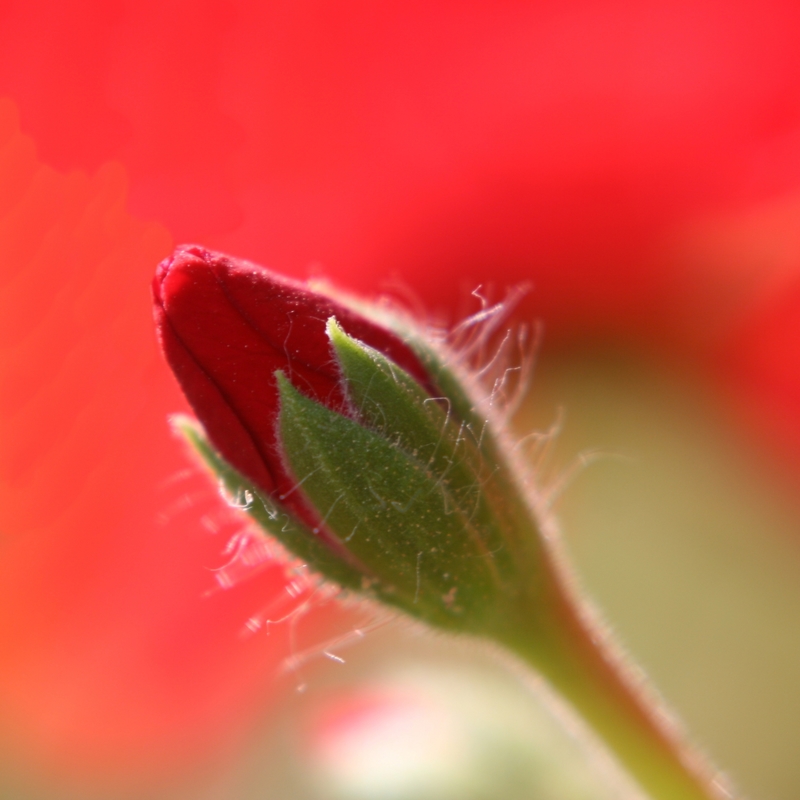6th Grade > Biology
GETTING TO KNOW PLANTS MCQs
Total Questions : 100
| Page 5 of 10 pages
Answer: Option C. -> roots
:
C
∙ The root is the part of a plant that typically lies below the surface of the soil and anchors the plant.
∙ Stems hold the structures like branches which contains leaves, flowers and seeds.
∙ Leaves perform photosynthesis and synthesise the food required by the plants.
∙ Flowers are the reproductive structures of a plant.
:
C
∙ The root is the part of a plant that typically lies below the surface of the soil and anchors the plant.
∙ Stems hold the structures like branches which contains leaves, flowers and seeds.
∙ Leaves perform photosynthesis and synthesise the food required by the plants.
∙ Flowers are the reproductive structures of a plant.
Answer: Option B. -> Stem
:
B
The stem is the part of the plant responsible forconductingwater. Within the stem, there is a structure called xylemwhichforms a network of tubes which carry water from the roots to all parts of the plant.
:
B
The stem is the part of the plant responsible forconductingwater. Within the stem, there is a structure called xylemwhichforms a network of tubes which carry water from the roots to all parts of the plant.
:
A herbis a non-woody plant that has a green and tender stem with few branches.
:
Each category: 1 Mark
There are 5 categories of plants - herbs, shrubs, trees, creepers and climbers.
1. Herbsare non-woody plants that have green and tender stems with few branches.
2. Shrubs aretaller than herbs and have stems branching out at the base.
3. Treesare tall, woody plants that have many branches on a single stem.
4. Creepersare the plants with weak stems that grow along the ground by slowly spreading themselves out.
5. Climbersare the plants that need support from other structures and they climb on them.
:
Each function: 1 Mark
[Mention any two]
1. Stem helps in transportation of absorbed water and nutrients through vascular tissue from roots to leaves.
2. Stem also transports food from the leaves to different storage organs.
3. Sometimes stem can store food which is mostly underground.
4. Stem can store water by becoming fleshy as in desert plants.
5. Green stem can perform photosynthesis when leaves are reduced or absent as in desert plants.
:
Types: 1 Mark
Definition: 1 Mark each
Leaves can be of two types - simple leaves and compound leaves.
A simple leaf is a single leaf with an undivided lamina.
A compound leaf is a leaf which has itslamina divided into a number of leaflets.
:
Naming the parts: 1 Mark
Definition: 1 Mark each
The flower is made of sepals, petals, stamens, and pistil.
1. Sepals are green, leaf-like structures around the base of a flower. They protect the bud before it blooms into a flower.
2. Petals are brightly coloured portions of a flower. Thepetals are collectively called the corolla.
3. Stamens are the male reproductive parts of a flower. Stamen is made up of a filament and anther. The anthers bear pollen grains which carry the male gametes of a plant.
4. Pistil is the female reproductive part of a flower. It is made up of the stigma, the style and the ovary. Ovules are present inside the ovary. The female gamete or egg cell is present inside the ovule.
:
Classification:1 Mark
Examples: 1 Mark
Based on the mode of nutrition, plants can be classified into two - autotrophs and heterotrophs.
Example of an autotrophic plant is neem tree (any green plant).
Example of a heterotrophic plant is Cuscuta (a parasitic plant).
:
Stamens are the male part of the flower. They produce pollen grains which house the male gametes of a plant.

















